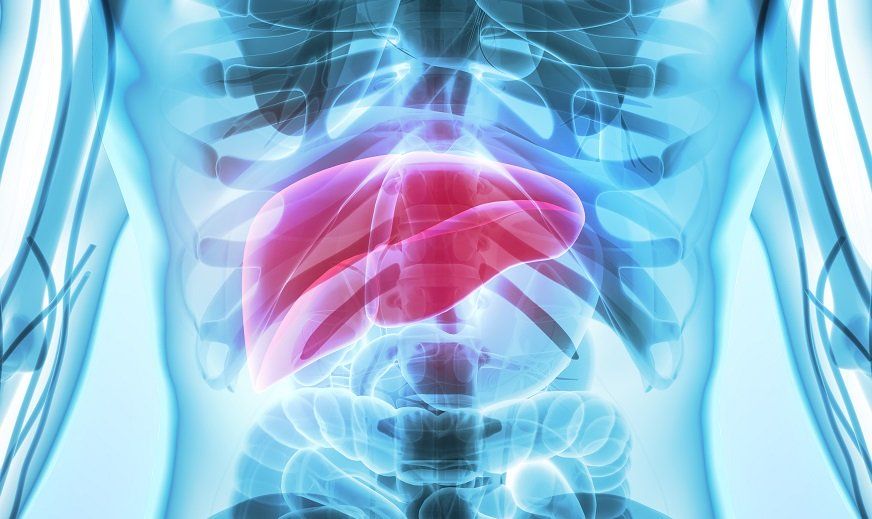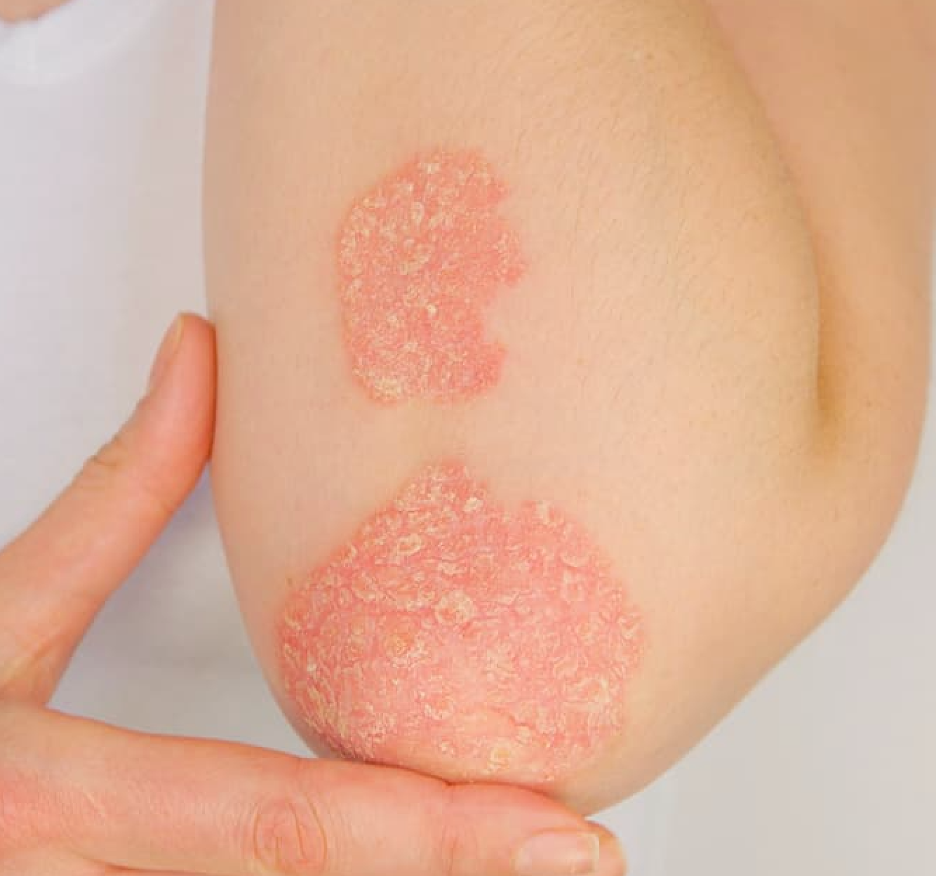Article
Childhood Cancer Rates Related to Geographic Location
This month’s edition of Pediatrics contains a study that correlated geographic location to children’s cancer rates after studying the cases of 36,500 children diagnosed with cancer.
Cancer is the leading disease-related cause of death among children in the United States. This month’s edition of Pediatrics contains a study that correlated geographic location to children’s cancer rates after studying the cases of 36,500 children diagnosed with cancer, with the Northeast United States having the highest incidence. The study is the first to show that there are substantial regional differences in the occurrence of childhood cancer. Additionally, researchers determined that gender, age, and ethnicity also influenced childhood cancer rates; for example, the study found that boys were more likely than girls to develop lymphoid leukemia, osteosarcomas, and non-Hodgkin’s lymphoma, and childhood cancer in general was found more frequently in whites than any other race. Children age 0-14 were also found to have a significantly lower incidence of cancer than the adolescent group (15-19 years).
The rates of cancer diagnosis for children according to geographic location were as follows:
- Northeast: 179.12 per million
- Midwest: 165.50 per million
- West: 165.26 per million
- South: 158.65 per million
Researchers hope that their findings will “be useful for prioritizing childhood cancer research and control needs in terms of these demographic and geographic variations” and will hopefully provide “unprecedented opportunities for better understanding and tracking the incidence of a variety of childhood cancers."
To read more statistics on childhood cancer in the United States, visit the National Cancer Institute’s Childhood Cancers Fact Sheet (http://www.cancer.gov/cancertopics/factsheet/Sites-Types/childhood





